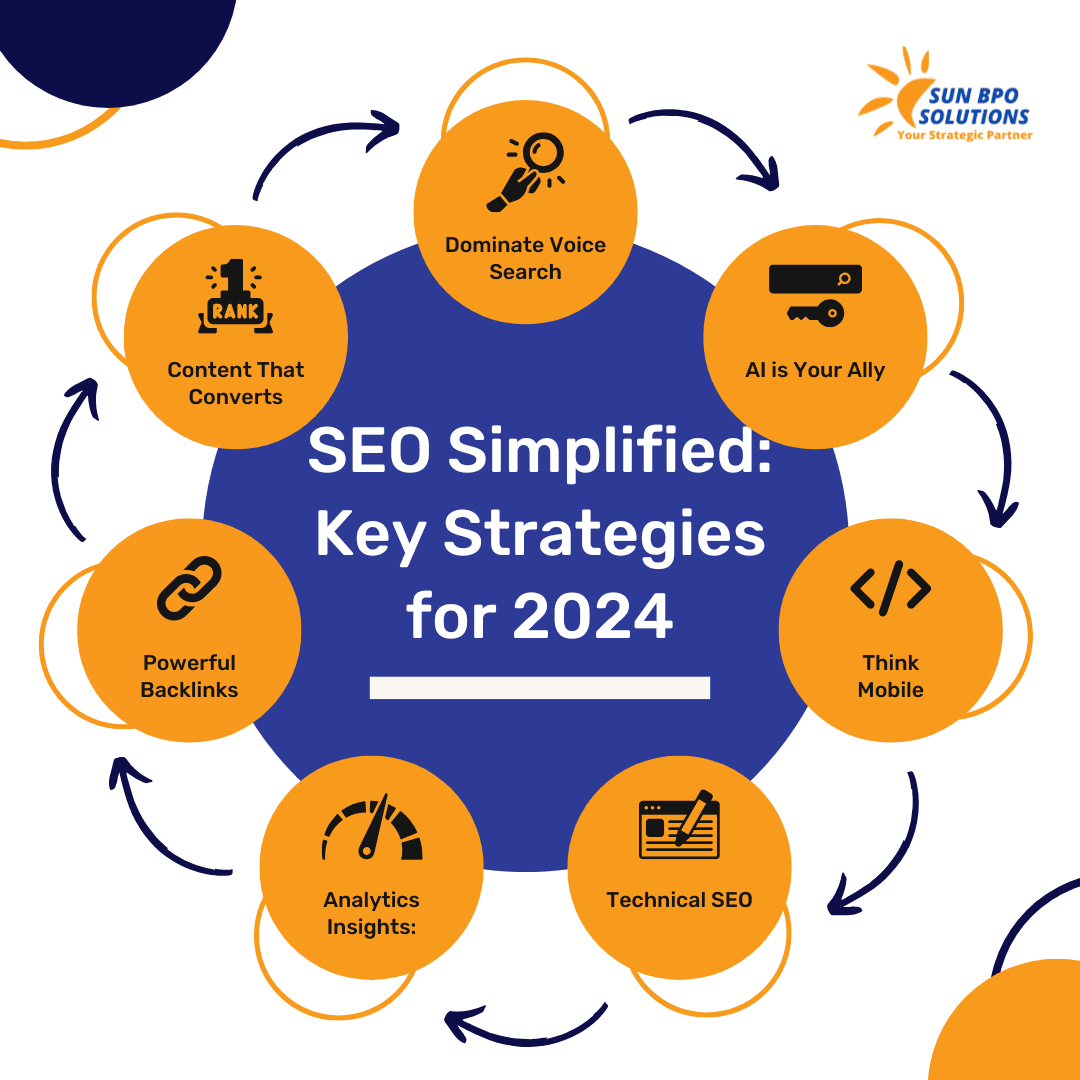Table of Contents
Introduction
When it comes to SEO, most marketers and website owners focus on high-authority backlinks, keyword optimization, and technical SEO fixes. While all of these are crucial, there’s one underused SEO secret hiding in plain sight: internal link strategy.
Internal linking is one of the easiest and most cost-effective ways to improve your website’s rankings, enhance user experience, and drive more conversions. And yet, it’s often overlooked or implemented incorrectly.
In this post, we’ll explain what is internal linking SEO, why internal links are so powerful, and how to build an internal link strategy that delivers results — boosting your visibility in search engines while helping users navigate your site effectively.

Why Internal Links Matter for SEO
So, why are internal links important?
Internal links are hyperlinks that connect one page of your website to another page on the same domain. Unlike external backlinks (which point to your site from other websites), internal links keep users and search engines moving within your site.
Here’s why an effective internal link building SEO approach is critical for your site’s success:
Why Internal Links Matter
✅Search engines use links to crawl and index pages. If a page on your site doesn’t have any internal links pointing to it (an orphan page), it’s much less likely to rank well.
✅Internal links distribute authority (link equity) from high-ranking pages to other pages, helping them climb the SERPs.
✅A good internal link strategy guides visitors to related content, keeps them engaged longer, and reduces bounce rates — all of which send positive signals to Google.
✅By strategically linking to product, service, or contact pages from high-traffic content, you can funnel visitors toward conversion goals more effectively.
Common Internal Linking Mistakes to Avoid
Even though internal linking seems simple, many websites make these errors:
🚫 Too few internal links, leaving valuable pages isolated
🚫 Overloading pages with irrelevant or excessive links
🚫 Using non-descriptive anchor text like “click here”
🚫 Linking only to the homepage or top-level pages
Avoid these mistakes, and you’ll unlock the full power of SEO internal link techniques as a secret weapon.
Best Practices for Internal Linking
Ready to improve your internal link-building SEO? Follow these actionable steps:
1. Create Lots of Quality Content: You can’t link internally if you don’t have enough pages. Focus on creating valuable blog posts, landing pages, and resources that can link to and from each other.
2. Use Descriptive Anchor Text: Instead of generic phrases like learn more, use descriptive keywords in your anchor text to help both users and search engines understand the linked page’s topic.
3. Prioritize High-Value Pages: Identify your most important pages (e.g., product or service pages) and make sure they’re receiving internal links from high-traffic content.
4. Link Deep: Don’t just link to your homepage or top-level pages — also link to deep content like blog articles, FAQs, and resources.
5. Update Old Content: Regularly review and update your older posts to include internal links to newer, relevant content.
Impact of a Strong Internal Link Strategy on SEO Metrics
The Future of Internal Linking in SEO
As search engine algorithms evolve, SEO internal link strategies will remain a cornerstone of optimization. Why? Because it doesn’t just help search engines — it enhances user experience too, which Google rewards more than ever.
In 2025 and beyond, websites with smart internal link strategy and internal link building SEO tactics will outperform competitors who ignore this critical element.
Internal Linking Benefits at a Glance
| Benefit | Impact on SEO & UX |
|---|---|
| Easier Crawling & Indexing | Ensures all pages are discoverable |
| Distributes Page Authority | Boosts rankings for important pages |
| Enhances User Navigation | Keeps visitors engaged longer |
| Supports Conversion Goals | Guides users toward desired actions |
Final Thoughts: Don’t Overlook the Quiet Power of Internal Links
Why are internal links important? Because they quietly and effectively strengthen your website’s SEO and usability.
By implementing a thoughtful internal link strategy — using clear anchor text, linking deep, and prioritizing high-value pages — you unlock significant gains in search visibility, user satisfaction, and conversions.
💡 Start auditing your internal links today and watch your site climb the ranks while offering visitors a smoother, more engaging experience.
Stay updated with SunBPO Solutions for the latest trends, insights, and strategies to keep your business ahead of the curve!
Frequently Asked Questions (FAQs)
What is internal linking SEO?
It’s the practice of connecting different pages within your website using hyperlinks, to help search engines and users navigate and understand your site better.
Why are internal links important?
They improve site structure, help pages rank by passing link equity, enhance navigation, and support conversion goals.
How many internal links should I use?
Aim for 3–5 relevant, natural internal links per 1,000 words of content — without overloading the page.





0 Comments